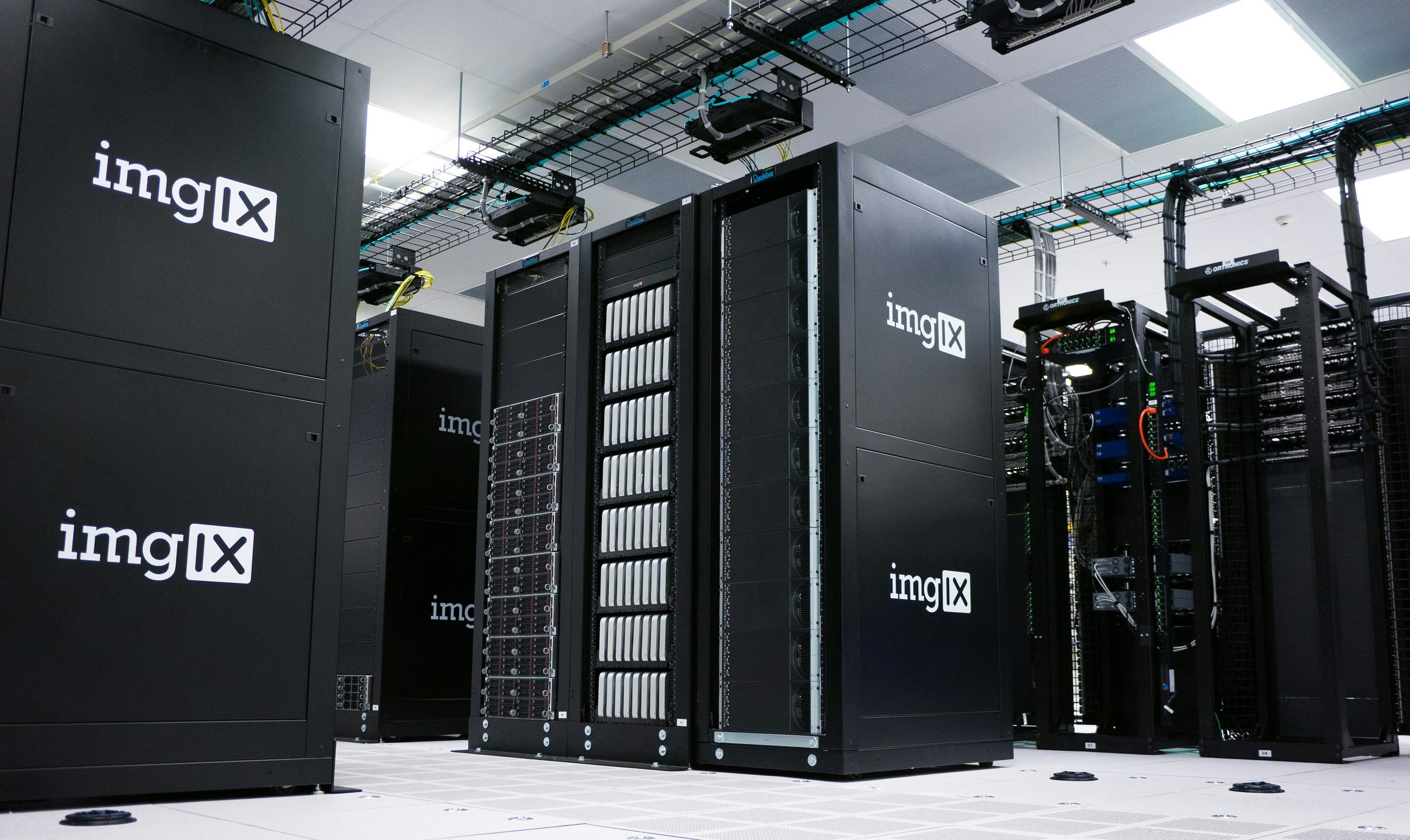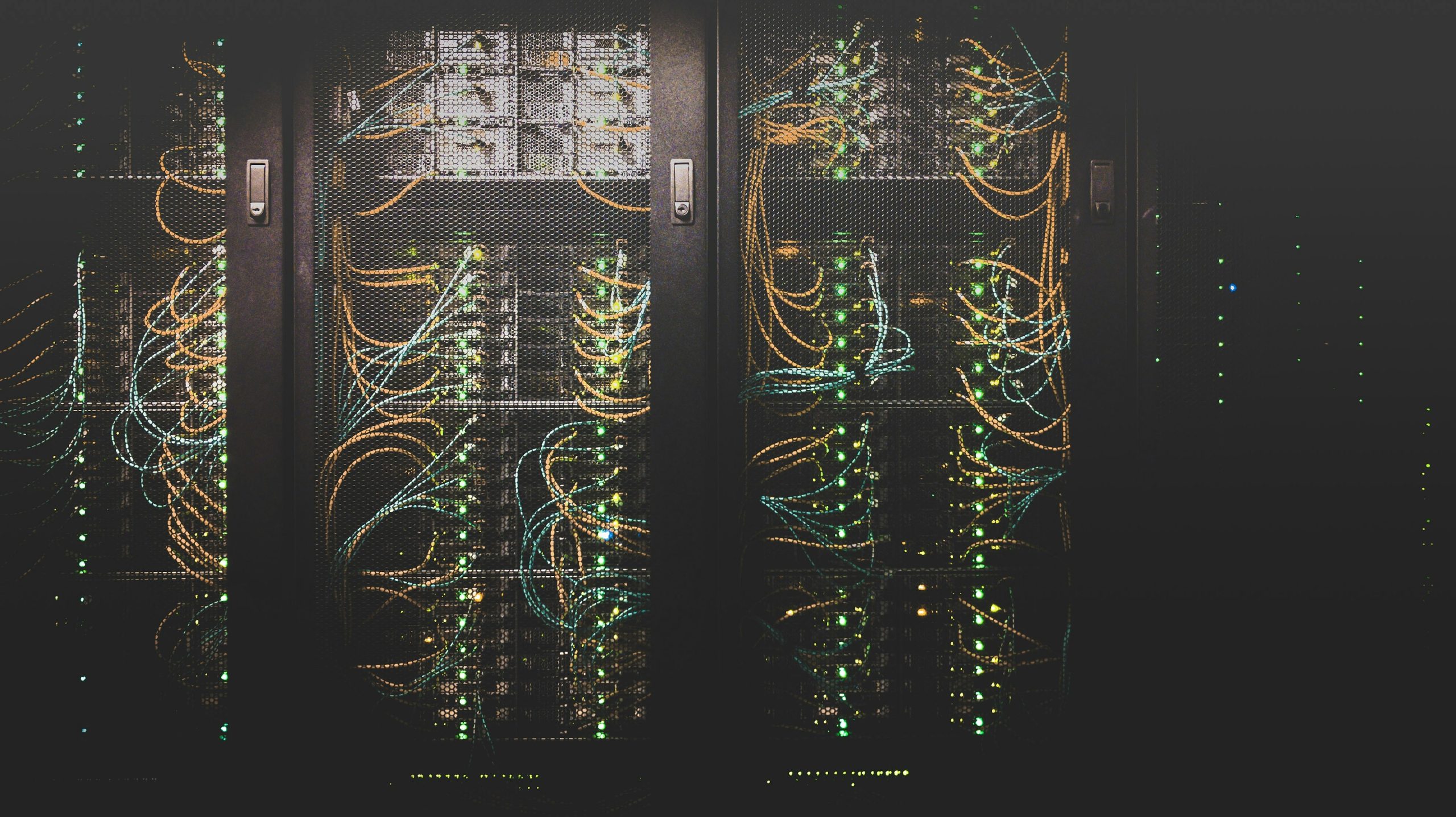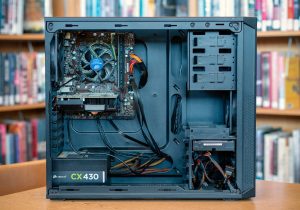
In the realm of digital infrastructure, data centers stand as the nerve centers powering our interconnected world. These facilities, responsible for processing, storing, and transmitting vast amounts of data, rely heavily on a complex network of energy sources and distribution systems to function seamlessly.
Understanding the intricacies of data center power distribution is paramount in grasping the operational challenges and sustainability considerations inherent in their design and maintenance.
From traditional fossil fuels to renewable alternatives and emerging technologies, each plays a crucial role in shaping the reliability, efficiency, and environmental impact of data center infrastructure.

Traditional Energy Sources
Traditional energy sources have long been the backbone of data center operations, with fossil fuels and nuclear power historically dominating the landscape. Fossil fuels, including coal, natural gas, and oil, have been primary contributors to data center energy supply due to their reliability and widespread availability.
However, their use comes with significant environmental consequences, including greenhouse gas emissions and air pollution. Nuclear power offers a cleaner alternative, producing vast amounts of energy with minimal carbon emissions.
Yet, concerns regarding safety, waste disposal, and public perception have tempered its widespread adoption.
Despite these drawbacks, traditional energy sources continue to play a significant role in powering data centers worldwide. Understanding their impact is essential for developing strategies to transition towards more sustainable alternatives while ensuring the reliability and resilience of data center operations.
Renewable Energy Sources
- Solar Power: Harnesses energy from the sun using photovoltaic panels to convert sunlight into electricity. Provides a clean and abundant source of energy with minimal environmental impact. Scalable and suitable for both large-scale data centers and distributed computing facilities. Challenges include intermittency, requiring storage solutions for continuous power supply during periods of low sunlight.
- Wind Power: Utilizes wind turbines to convert kinetic energy from wind into electricity. Offers scalability and versatility, with potential installations in various geographic locations. Requires careful site selection to optimize wind resource availability and minimize environmental impact. Challenges include intermittency and fluctuations in wind speed, necessitating backup power or energy storage solutions.
- Hydroelectric Power: Harnesses the energy of flowing water, typically from rivers or dams, to generate electricity. Provides reliable and consistent power generation with minimal greenhouse gas emissions. Suitable for large-scale data centers located near water bodies, offering long-term sustainability benefits. Environmental considerations include habitat disruption and potential impacts on aquatic ecosystems, requiring careful planning and management.
Emerging Energy Sources
As the demand for sustainable energy solutions grows, emerging technologies present innovative alternatives to traditional and renewable sources. Geothermal energy taps into the Earth’s natural heat, offering a reliable and continuous power source with minimal environmental impact.
By harnessing heat from deep within the Earth’s crust, geothermal power can provide stable electricity generation for data centers in suitable regions.
Biomass energy utilizes organic materials such as wood, agricultural residues, and organic waste to produce heat and electricity through combustion or biochemical conversion processes.
While biomass offers a renewable energy option, challenges related to feedstock availability, emissions, and land use require careful consideration. These emerging energy sources hold promise for diversifying the energy mix of data centers, enhancing resilience, and reducing environmental impact.
However, further research and investment are needed to overcome technical barriers and optimize their integration into data center operations. Embracing these technologies represents a forward-thinking approach towards achieving sustainability goals in the digital infrastructure sector.
Hybrid Approaches
- Integration of Multiple Energy Sources: Hybrid energy solutions combine two or more energy sources to leverage their respective strengths and mitigate weaknesses. By integrating complementary sources, such as solar and wind or renewable and traditional, data centers can achieve greater reliability and resilience.
- Load Balancing and Energy Storage: Hybrid systems enable effective load balancing, ensuring consistent power supply even during fluctuations in renewable energy output. Energy storage technologies, such as batteries or pumped hydro storage, play a crucial role in storing excess energy during periods of low demand for later use, enhancing system flexibility and stability.
- Redundancy and Backup Systems: Hybrid approaches offer built-in redundancy, reducing the risk of downtime by providing backup power from alternative sources in the event of primary source failure. Redundancy is essential for mission-critical data center operations, where even brief outages can have significant financial and reputational consequences.
- Optimization through Smart Grid Technologies: Smart grid technologies, including advanced monitoring and control systems, enable dynamic optimization of energy generation, distribution, and consumption in hybrid data center environments.
- Scalability and Flexibility: Hybrid energy solutions offer scalability and flexibility to adapt to changing energy demands and technological advancements over time. Data centers can incrementally deploy and integrate additional renewable or traditional energy sources as needed, optimizing their energy mix based on evolving requirements and resource availability.
- Environmental and Economic Benefits: Hybrid approaches contribute to environmental sustainability by reducing carbon emissions and dependence on fossil fuels.
Future Trends and Considerations
Continued research and development in energy storage technologies, such as batteries and thermal storage systems, will enhance the scalability and reliability of renewable energy integration in data centers.
Exploration of novel energy sources, such as tidal and wave energy, and innovative approaches like kinetic energy recovery systems (KERS), holds potential for further diversifying the energy mix and improving sustainability.
The trend towards locating data centers in regions with abundant renewable resources, coupled with innovative architectural and cooling designs, will optimize energy efficiency and minimize environmental impact.
Evolving regulations and incentives promoting renewable energy adoption and emissions reduction will influence data center energy sourcing strategies and investment decisions.
Collaborative efforts among stakeholders, including data center operators, technology providers, and policymakers, will drive innovation and facilitate the adoption of sustainable energy solutions across the industry.

Conclusion
The landscape of energy sources in data centers is undergoing a transformation driven by the imperatives of sustainability, reliability, and efficiency. While traditional sources continue to play a significant role, the rise of renewable and emerging technologies presents exciting opportunities for reducing environmental impact and enhancing resilience.
Hybrid approaches offer a strategic pathway towards achieving these goals by leveraging the strengths of multiple energy sources and technologies.
Looking ahead, advancements in energy storage, innovative technologies, and regulatory frameworks will shape the future of data center energy sourcing. By embracing collaboration and innovation, the industry can navigate towards a more sustainable and resilient future, where data centers not only power our digital infrastructure but also contribute positively to the global energy transition.






